LG Optimus 2X & NVIDIA Tegra 2 Review: The First Dual-Core Smartphone
by Brian Klug & Anand Lal Shimpi on February 7, 2011 3:53 AM EST- Posted in
- Smartphones
- Tegra 2
- LG
- Optimus 2X
- Mobile
- NVIDIA
Baseband and Antenna
After I got the 2X out of the box and removed its protective shipping plastic, I popped the back cover off, ready to insert a SIM. It struck me as odd at the time, but the 2X had another piece of protective plastic over another region at the bottom covering the antenna traces at the very bottom. I removed that, but there was another piece of blue protective plastic which also looked like it was intended to come off. After getting those up, it was very obvious that the 2X has the cellular antennas at the bottom.
I took the 2X apart, but before I even did so I figured out what radio hardware was inside. The baseband in the 2X is actually pretty interesting—it’s the Infineon X-Gold XG616 baseband which is from the same family as what's in the iPhone 4 (which uses an X-Gold 618), and also the same as what's in the Samsung i9000 (Galaxy S) and Neuxs S. It supports HSDPA 7.2 Mbps and HSUPA 5.7 Mbps as well as GSM and EDGE class 33. Before I found out what baseband was in the 2X, I noticed a similar level of receive sensitivity to the iPhone 4 in areas I’m familiar with that are troublesome for other devices. Anecdotally this behavior confirms our earlier stipulations that the iPhone 4 baseband is much better than its predecessors in low-signal areas. The 2X fares equally as well, with the advantage of being totally sans deathgrip and in line with the 15 or so dB of attenuation from cupping the phone right over the antennas:
| Signal Attenuation Comparison in dB—Lower is Better | |||||||
| Cupping Tightly | Holding Naturally | On an Open Palm | |||||
| LG Optimus 2X | 13.7 | 9.3 | 5.9 | ||||
| Nexus S | 13.3 | 6.1 | 4.3 | ||||
| Droid 2 | 11.5 | 5.1 | 4.5 | ||||
| BlackBerry Torch | 15.9 | 7.1 | 3.7 | ||||
| Dell Streak | 14.0 | 8.7 | 4.0 | ||||
| Droid X | 15.0 | 5.1 | 4.5 | ||||
| iPhone 4 | 24.6 | 19.8 | 9.2 | ||||
| iPhone 3GS | 14.3 | 1.9 | 0.2 | ||||
| HTC Nexus One | 17.7 | 10.7 | 6.7 | ||||
LG disclosed what bands the 2X we were sampled tunes, which include WCDMA (3G) support for PCS 1900 and AWS 2100, in addition to GSM 900. PCS 1900 explains why the AT&T SIM I popped in works, in my market all of AT&T is PCS 1900 (UMTS band 2). Even better, you can confirm that fact by poking around inside the 2X’s excellent hidden menus under the modem’s engineering area.
The absence of 850 MHz support for AT&T would make T-Mobile the obvious conclusion if the 2X is coming to the states in this exact same modem configuration. Even though HSDPA 7.2 is still decently fast, it’d obviously be a disappointing to not see a slightly faster baseband sneak in before launch, especially given T-Mobile's aggressive HSPA+-is-4G marketing storm. At this point, however, 7.2 Mbps looks like what’s coming.
| LG Optimus 2X- Network Support | |||||
| Tri-Band UMTS | 900 / 1900 / 2100 MHz | ||||
| Quad-Band GSM/EDGE | 850 / 900 / 1800 / 1900 MHz | ||||
| HSDPA/HSUPA | 7.2 Mbps / 5.7 Mbps | ||||
| Baseband Hardware | Infineon X-GOLD 616 | ||||
Maximum speeds on the 2X were around 3 Mbps down, and 1.5 Mbps up. I ran well over 200 speedtests before I factory reset the device (more on why later), which I unfortunately did that wipe before exporting that data. In the few days after wiping, I ran over 120 speedtests got an average of 2.1 Mbps down, 1.02 Mbps up. I'd say that's relatively standard for AT&T here. Regardless, in the time I spent with the 2X the speeds I got were typical of what I’m used to seeing on the iPhone 4 and Nexus One on AT&T 3G. I’ve yet to play with an HSPA+ device on AT&T for comparison. I didn’t experience any erratic handing off between EDGE and HSPA either, all in all the cellular part of the 2X seems solid.
Likewise, calls on the 2X sounded good on the earpiece. On speaker, there’s some distortion and a little saturation at the two highest volume settings. Turning it down one more notch makes it go away and brings audio quality way up subjectively.
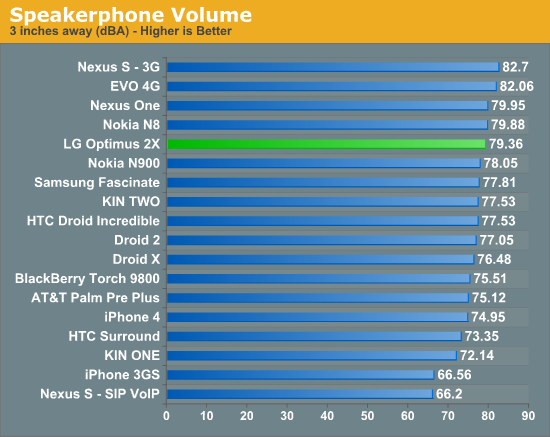
The good side of that tradeoff is that the 2X’s speakerphone is very loud, even if by the numbers it isn’t the absolute loudest we’ve tested. No doubt that’s at least partly due to the fact the we put the microphone 6 inches above the display surface.
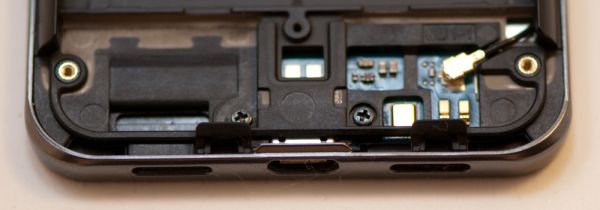
On the far left side you can see a depressed region which leads out to the meshed speaker port.
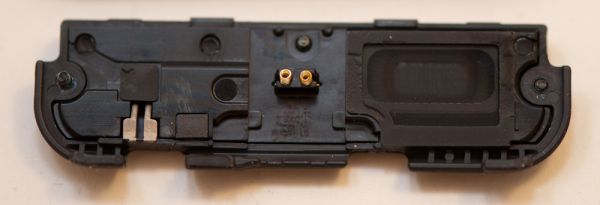
This is the speakerphone and antenna assembly, you can see two contacts at the bottom left which make contact near the antenna connector on the top photo. The speaker is to the right below the fine mesh, and aligns with the mixing chamber in the above photo.
Internally, the 2X actually has a nice large audio chamber for the speakerphone port. The speaker is oriented facing out the back, through some mesh, into the mixing chamber, and then ported out through the bottom.
Disassembly
The 2X is shockingly simple to take apart—5 Phillips screws sit between the top plastic cover on the backside and the main PCB underneath, three hold the antenna and speaker assembly to the main case. Unscrew them, then the plastic covers easily pop out revealing the interesting goodies underneath.
There are 7 flex connectors that easily pop off. Before you even go any further, it’s obvious where Tegra 2 sits on the board.
After you get those off, the EMI can which doubles as heatspreader lifts off very easily, revealing the Tegra 2 with its package-on-package Hynix LPDDR2. The part is marked “H8TBR00U0MLR-0DM” which corresponds to a 4 gigabit (512 MB) 400 MHz LPDDR2 PoP part. It's not uncommon to use memory that's rated for higher frequency operation, in this case the Tegra 2 only runs its memory interface at 300MHz (600MHz data rate). Underneath that is the Tegra 2 AP20H SoC, but obviously it’d be difficult to impossible to remove the RAM stacked on top without making the device non-functional.
There’s been some discussion as to whether current smartphone SoCs are already TDP limited, and moreover whether the new round of dual-core parts run noticeably warmer than the previous generation. There’s obviously a bit more attention paid to thermals with the 2X, but that beefy EMI can is still nowhere near being a robust copper heatsink. While running our BaseMark GUI battery test which runs 3D endlessly until the battery dies, I took temperature measurements on the exterior using an IR thermometer and saw temperatures between 96 and 98 degrees F at maximum. This is completely on-par with what I measured with all the other smartphones we put through the same test.
To the right is the 2X’s baseband and attached Hynx 1 GB of LPDDR1 and NAND combo marked “H8BCS0QG0MMR-46M.” Right below it is a test point, and to the right, the antenna connector. You can see the connector and cable which leads out and down the side of the phone to the antenna assembly at the bottom.
Removing some extra cables and flipping it over, the bottom of the PCB is home to the 8 GB of Toshiba eMMC internal storage. Disassembly further was much more difficult because of some beefy wires connecting the main PCB to the front display assembly.
WiFi Performance
The 2X has a BCM4329 WiFi 802.11n, Bluetooth 2.1 and FM solution onboard. The antenna for 2.4 GHz Bluetooth and WiFi is likely at the top of the device. WiFi paired at 72 Mbps with our 802.11n router. Though the BCM4329 has 5 GHz support, the 2X lacks the radio hardware to enable it, and we only saw 2.4 GHz networks. WiFi range and reliability is almost exactly the same as other similar smartphones, if not slightly better—I make it a few more feet beyond the point most smartphones drop off WiFi. As an aside, it’s amazing that there’s so much consistency here.
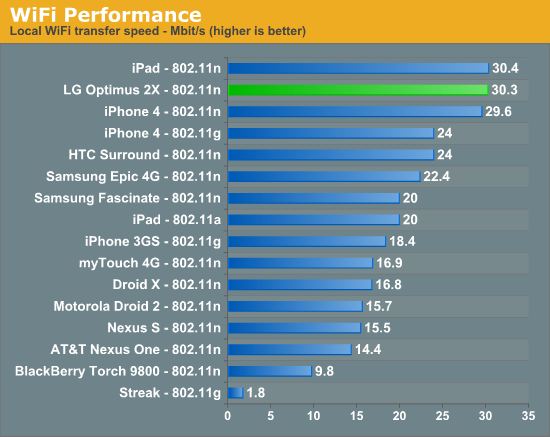
As we’ve already shown, WiFi throughput on the 2X is class-leading for some reason, second only to the iPad in our PDF download test. I’m tempted to say that the 2X is class leading in terms of WiFi range just because I can make it those extra couple of feet and still break 2 Mbps running that test before falling off completely.
GPS Performance
The other big consideration for smartphones is GPS. The 2X has the BCM4751 A-GPS radio stack from Broadcom. First off, the 2X shipped to us with WiFi augmented location services turned off. If you fire up maps, it tells you to go enable it, and that works fine and dandy. The problem is that GPS fixes by default take a long, long time.
Remember that awesome hidden menu I mentioned earlier?

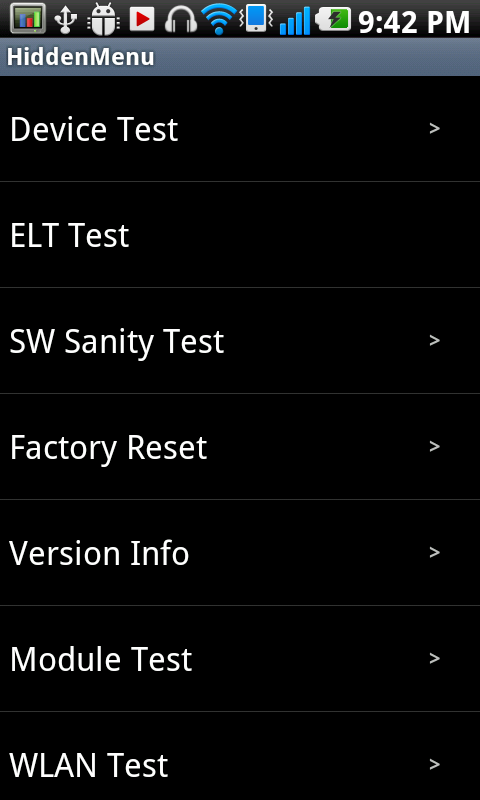
There’s a lot buried in there, including a test program for GPS as well as links to the internal GPS configuration. Out of the box, GPS fixes are taking a comparatively long time because they’re cold fixes—the GPS has to search for both almanac data which is broadcast every 12.5 minutes, and ephemeris data which contains the up to date GPS constellation position. What A-GPS does is enable almanac, ephemeris, network time, and rough location information downloaded over the data connection to speed fixes up dramatically, which is what we’re pretty spoiled with most of the time. On average, a proper A-GPS fix should be around 10 seconds. Cold fixes where the phone has to sit and wait take minutes.


From the poking around I’ve done, I don’t believe the 2X we received was properly provisioned to go grab A-GPS data. That sort of makes sense since the phone came with no APN configured, and there’s absolutely no hint from LG about what carrier it’s headed to. How it is now, the first fix will take a long time, subsequent fixes happen much faster because the phone will have alamac and will only be waiting for ephemeris sent every 30 seconds. The long and short of it is that this is something I fully expect to see properly provisioned on a carrier-backed 2X. SNR isn’t a problem on the 2X, it’s comparable to other devices, it’s all just about speeding that initial time to first fix up.




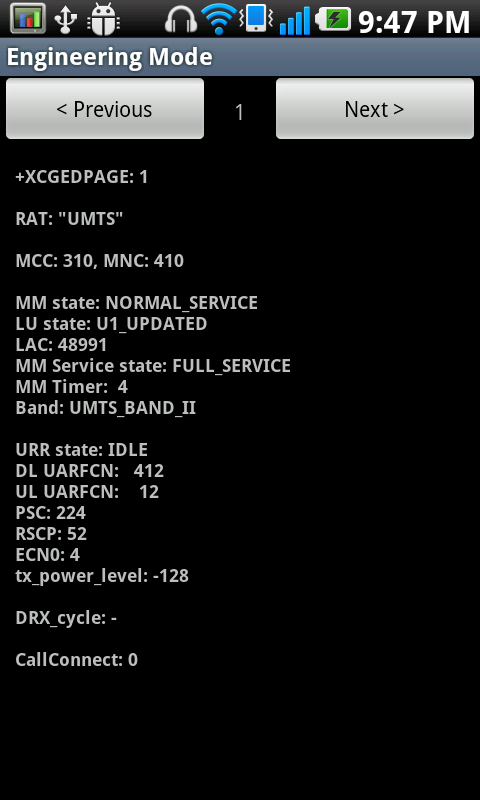
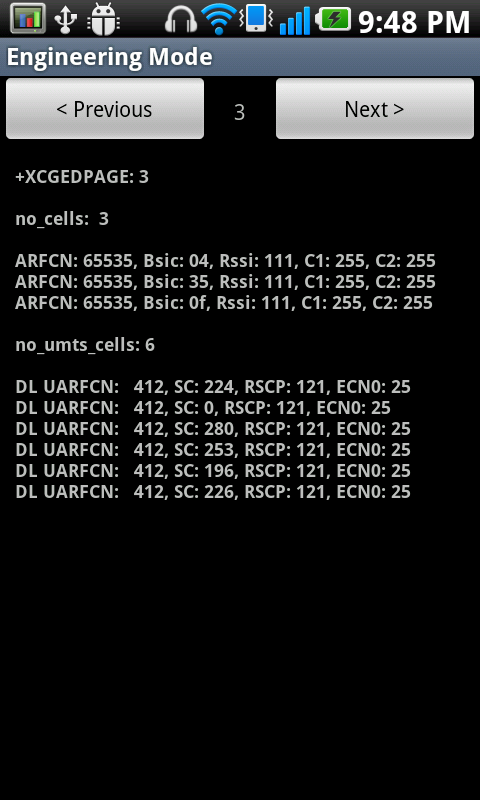
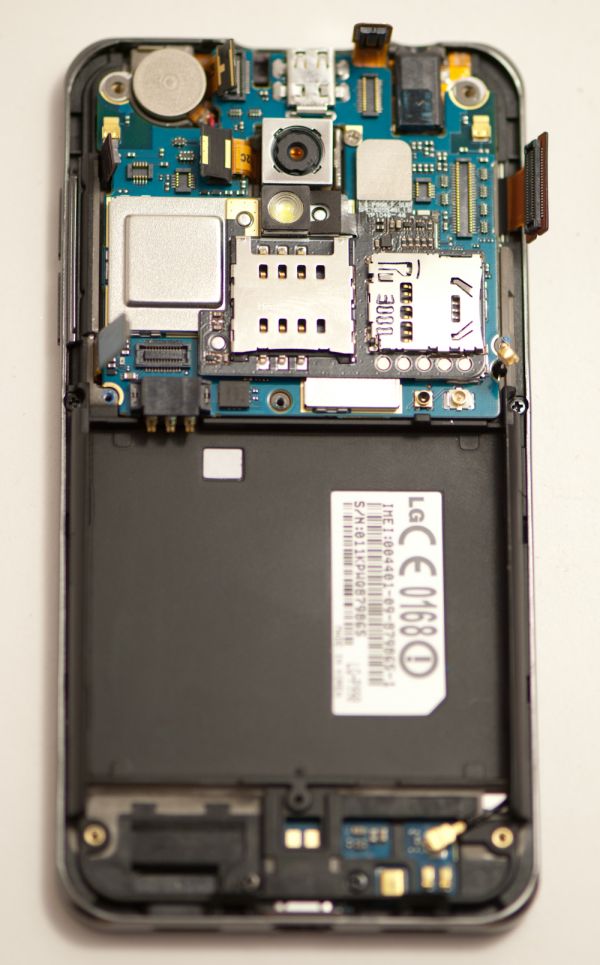
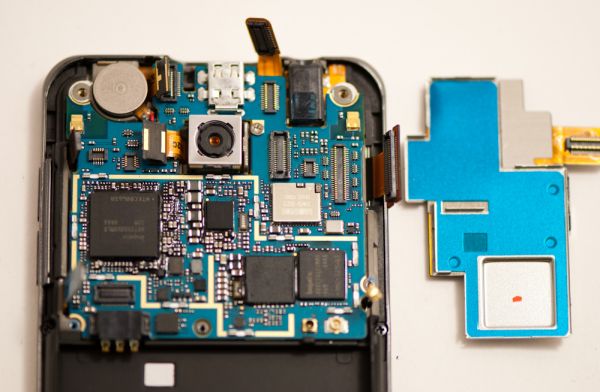
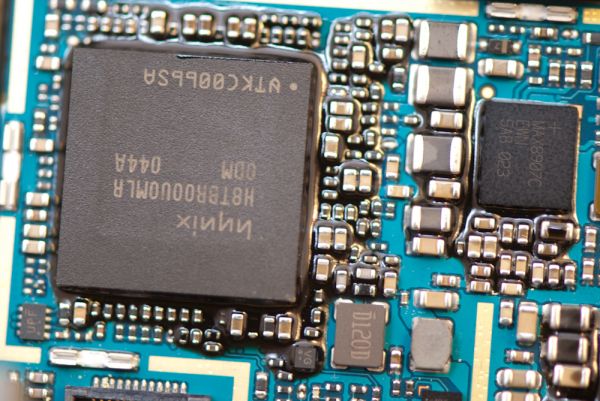
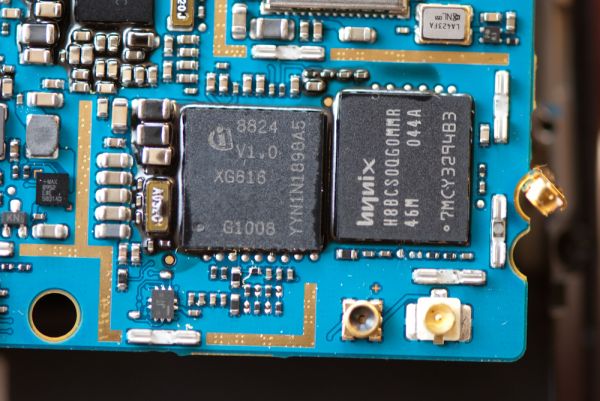
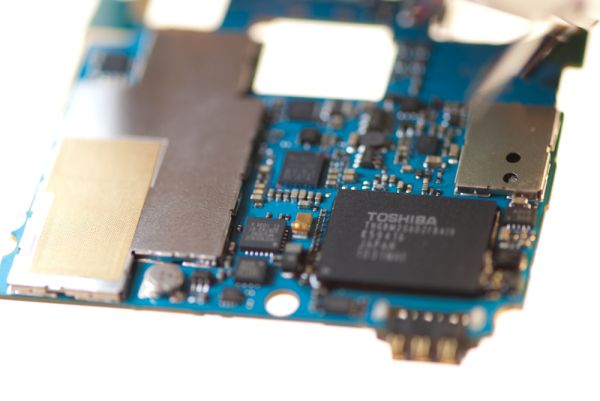














75 Comments
View All Comments
andrewsolid - Monday, February 7, 2011 - link
"Tegra 2 uses a uses a" 6th para from the baseAnand Lal Shimpi - Monday, February 7, 2011 - link
Fixed!Take care,
Anand
NCM - Monday, February 7, 2011 - link
Call for effective editing...Adobe "flash" or just plain "flash" used in multiple instances should be "Flash."
MonkeyPaw - Monday, February 7, 2011 - link
"Android itself already is multithreaded naively, in fact, that’s part of delivering speedy UI. "Naive Mutlithreading? Sounds a little scary to me! :D
chinkgai - Monday, February 7, 2011 - link
hey guys,i noticed the first chart at the top of your first page has 1ghz for the cpu speed all the way down when the paragraph right below it states that it the 3d receives a 200mhz bump.
nice article btw.
chinkgai - Monday, February 7, 2011 - link
i meant fourth pageAnand Lal Shimpi - Monday, February 7, 2011 - link
Thanks, fixed :)Take care,
Anand
ssj4Gogeta - Tuesday, February 8, 2011 - link
Anand,Font changing is also available on my Galaxy S i9000. Samsung ships the phone with 3 extra fonts and you can download more from the Market by searching for "FlipFont".
mongo lloyd - Monday, February 7, 2011 - link
The review, as far as I could tell, didn't mention which audio chip was in the phone, or have any audio fidelity benchmarks for that matter.A top-of-the-line Wolfson chip, like the Galaxy S I hope?
Brian Klug - Monday, February 7, 2011 - link
It's got a Wolfson WM8994 - audio sounds great. I'll definitely consider audio benchmarks as well going forward.-Brian